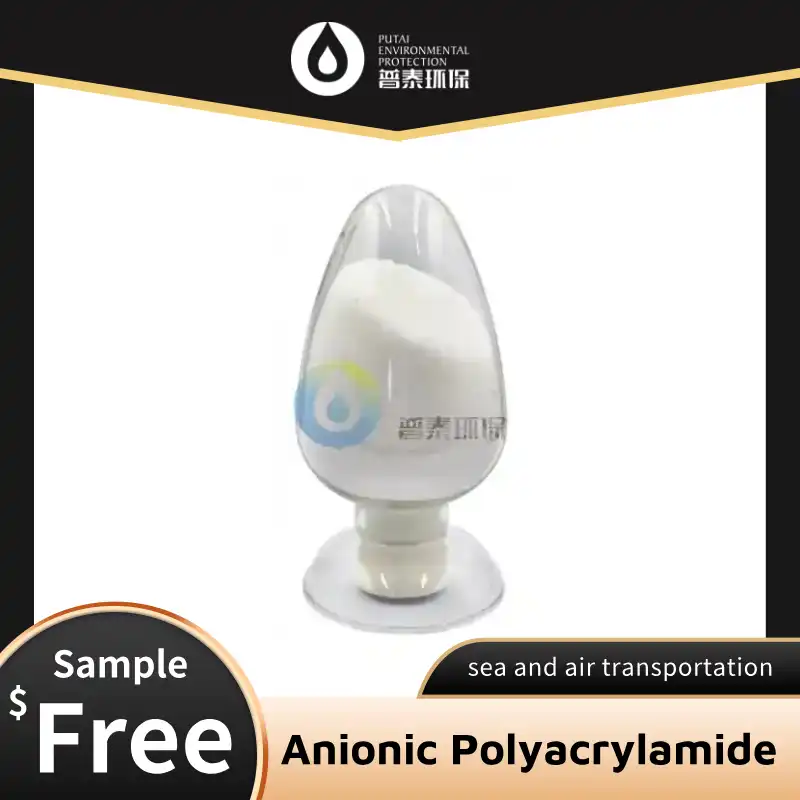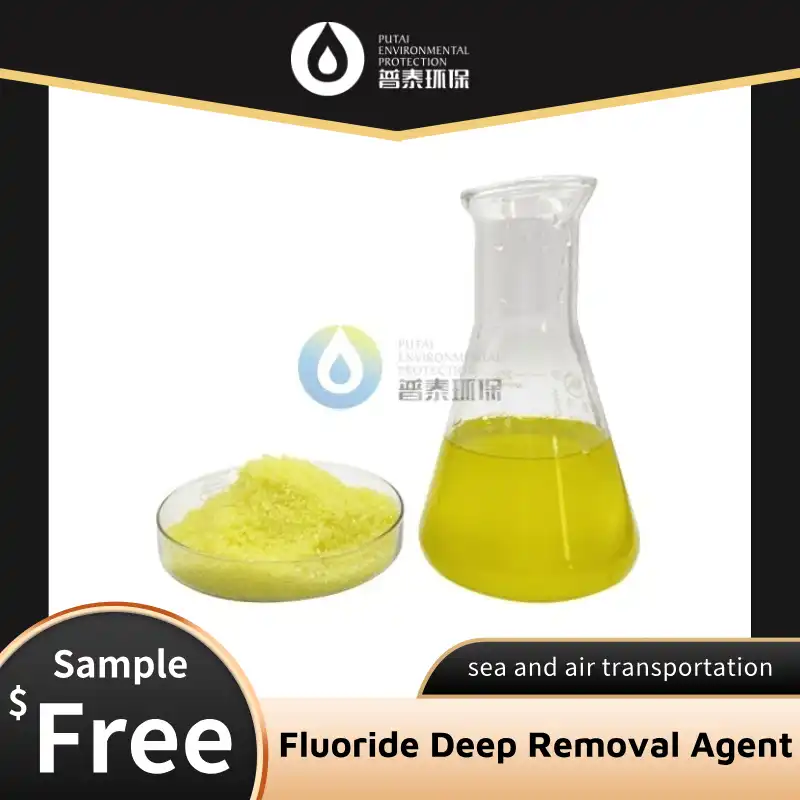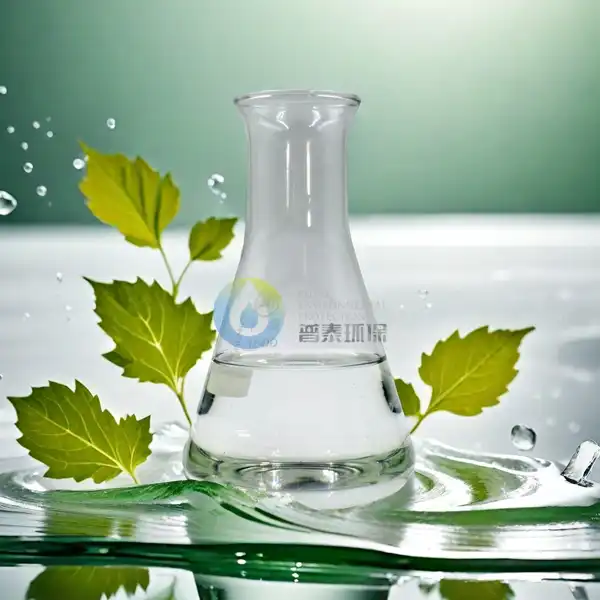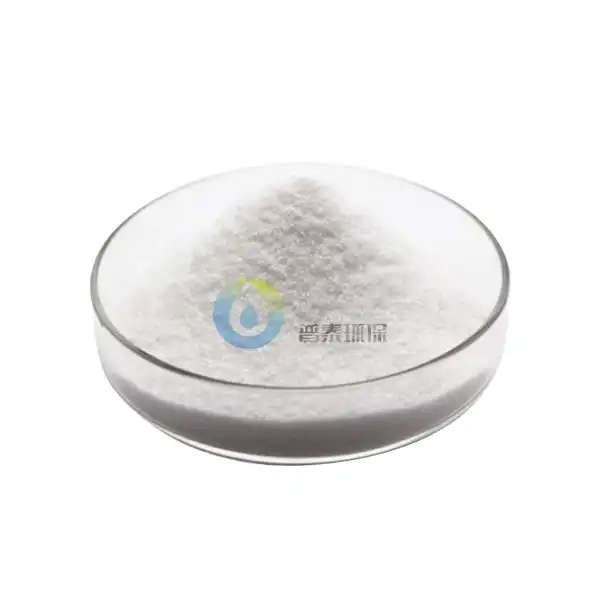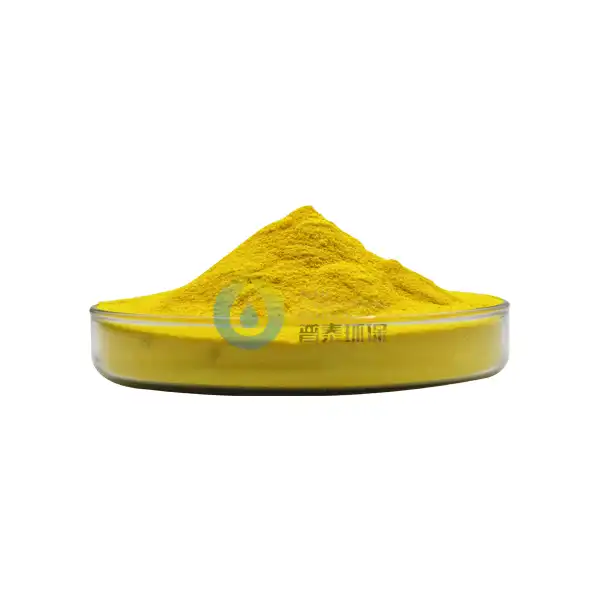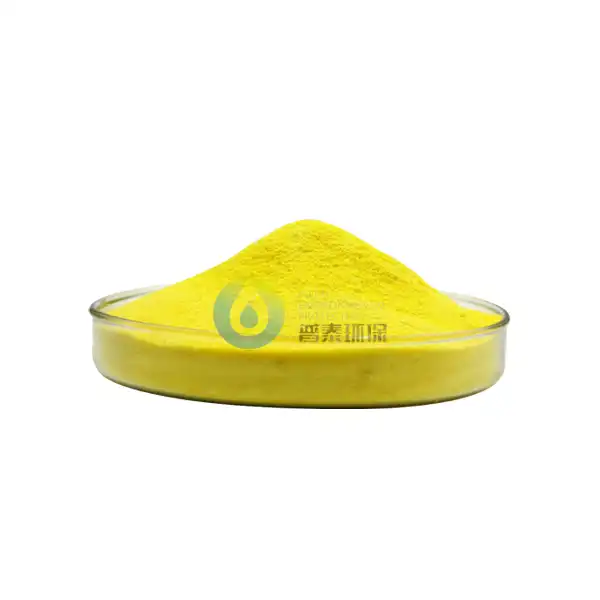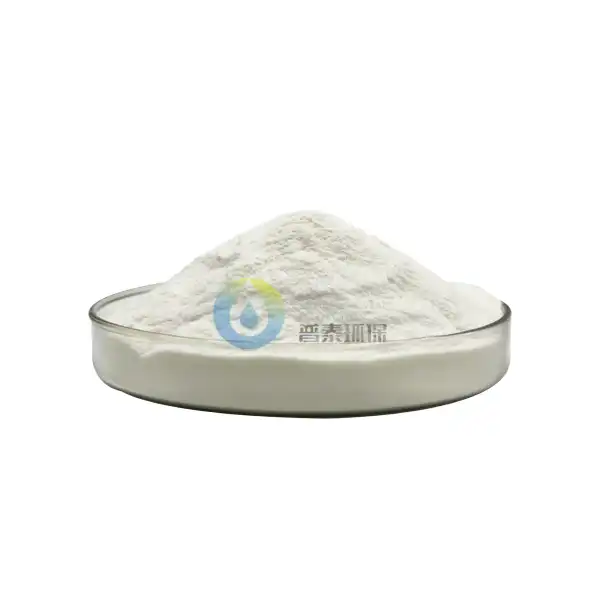What is the Shelf Life of High Purity PAC Liquid?
High Purity Polyaluminum Chloride (PAC) Liquid is a critical chemical used in water treatment processes, playing a vital role in various industrial and municipal applications. Understanding its shelf life is crucial for maintaining product effectiveness, ensuring optimal performance, and maximizing storage efficiency. This comprehensive blog post delves deep into the critical aspects of High Purity PAC Liquid's shelf life, exploring storage conditions, factors affecting its stability, and best practices for preservation.
How Does Storage Conditions Impact the Shelf Life of High Purity PAC Liquid?
What Temperature Ranges Optimize High Purity PAC Liquid Storage?
Temperature is a fundamental factor in determining the shelf life of High Purity PAC Liquid. Professional storage practices require maintaining the liquid within specific temperature ranges to prevent chemical degradation and preserve its original properties. Industrial experts recommend storing High Purity PAC Liquid between 5°C and 35°C (41°F and 95°F), which provides an optimal environment for maintaining its chemical stability and preventing molecular restructuring.
The molecular structure of High Purity PAC Liquid is sensitive to extreme temperature fluctuations. Temperatures below 5°C can cause partial crystallization, potentially compromising the liquid's uniform composition and reducing its effectiveness in water treatment processes. Conversely, temperatures exceeding 35°C accelerate chemical decomposition, leading to potential precipitation and reduced coagulation performance.
Professional storage facilities implement advanced temperature control systems to maintain consistent environmental conditions. These systems often include climate-controlled warehouses equipped with precision monitoring technologies that track temperature variations in real-time, ensuring High Purity PAC Liquid remains within the recommended storage parameters.
How DoContainer Materials Influence PAC Liquid Preservation?
Container selection plays a critical role in maintaining the integrity and extending the shelf life of High Purity PAC Liquid. The choice of storage vessel directly impacts the chemical's stability, preventing contamination and minimizing potential degradation processes. Recommended container materials include high-density polyethylene (HDPE), polypropylene, and specially treated glass containers that resist chemical interactions.
HDPE containers offer superior resistance to chemical corrosion and maintain excellent barrier properties against moisture and external contaminants. These containers are designed with thick walls that provide thermal insulation, further protecting High Purity PAC Liquid from temperature fluctuations. Advanced manufacturing techniques ensure minimal chemical leaching, preserving the liquid's original composition throughout extended storage periods.
Moreover, container design considerations extend beyond material selection. Specialized containers feature tight-sealing mechanisms that prevent air exposure, reducing oxidation risks and maintaining the liquid's chemical consistency. Some advanced storage solutions incorporate UV-resistant coatings, providing additional protection against potential photochemical degradation.
What Concentration Levels Determine PAC Liquid Stability?
The concentration of High Purity PAC Liquid significantly influences its shelf life and overall performance characteristics. Manufacturers typically produce PAC Liquid in various concentration ranges, with standard formulations containing 10% to 40% aluminum oxide (Al2O3). Understanding how concentration levels affect stability is crucial for implementing effective storage and usage strategies.
Higher concentration PAC Liquids generally demonstrate increased molecular complexity, which can impact long-term stability. Professional water treatment facilities carefully monitor concentration levels, utilizing advanced analytical techniques such as spectrophotometry and titration to assess chemical composition continuously. These methods help identify potential changes in molecular structure that might indicate degradation.
Specialized stabilization techniques, including precise pH adjustments and strategic molecular modifications, enhance the preservation of High Purity PAC Liquid across different concentration levels. Research indicates that maintaining a slightly acidic pH range between 3.5 and 5.5 significantly contributes to prolonged chemical stability, reducing the risk of precipitation and maintaining optimal coagulation performance.
What Factors Contribute to Reducing High Purity PAC Liquid Degradation?
How Do Preservation Techniques Extend PAC Liquid Lifespan?
Implementing advanced preservation techniques is essential for extending the shelf life of High Purity PAC Liquid. Professional storage strategies involve a multifaceted approach that combines environmental control, chemical stabilization, and periodic quality assessments. Nitrogen blanketing represents a sophisticated preservation method where an inert nitrogen atmosphere replaces oxygen in storage containers, dramatically reducing oxidation risks.
Chelating agents and specialized stabilizers play a crucial role in maintaining chemical integrity. These molecular additives interact with potential degradation-inducing compounds, creating a protective environment that minimizes unwanted chemical reactions. Advanced formulation techniques allow manufacturers to incorporate these stabilizing agents directly during the production process, ensuring long-term preservation.
Regular quality control testing forms another critical component of effective preservation. Sophisticated analytical instruments like Fourier-transform infrared spectroscopy (FTIR) and nuclear magnetic resonance (NMR) spectroscopy enable comprehensive molecular analysis, detecting minute changes in chemical composition that might indicate potential degradation.
What Role Do Packaging Innovations Play in PAC Liquid Protection?
Packaging innovations have revolutionized the storage and preservation of High Purity PAC Liquid. Modern packaging solutions incorporate advanced materials and design principles that provide comprehensive protection against environmental challenges. Multi-layer barrier packaging with specialized inner coatings offers superior resistance to moisture penetration and chemical interactions.
Some cutting-edge packaging designs feature integrated humidity and temperature indicators, providing real-time monitoring capabilities. These smart packaging solutions enable immediate detection of potential storage condition deviations, allowing rapid corrective actions. Vacuum-sealed packaging techniques further enhance preservation by minimizing air exposure and reducing oxidation risks.
Manufacturers are increasingly adopting sustainable packaging materials that maintain high-performance characteristics while reducing environmental impact. Bio-based polymers and recyclable materials are being developed to create packaging solutions that offer equivalent or superior protection compared to traditional packaging methods.
How Do Transportation Conditions Affect PAC Liquid Integrity?
Transportation represents a critical phase in the lifecycle of High Purity PAC Liquid, presenting unique challenges to maintaining chemical stability. Professional logistics strategies incorporate comprehensive protection protocols that address potential mechanical and environmental risks during transit. Specialized shipping containers with advanced shock-absorption technologies minimize physical stress on the liquid.
Temperature-controlled transportation systems ensure consistent environmental conditions throughout the shipping process. These systems utilize advanced thermal insulation materials and active temperature management technologies, maintaining precise temperature ranges regardless of external environmental fluctuations. GPS-enabled tracking allows real-time monitoring of transportation conditions, providing comprehensive visibility into the shipping process.
Vibration and mechanical stress management represent additional critical considerations during transportation. Sophisticated suspension systems and custom-designed packaging absorb potential mechanical impacts, preventing molecular disruption and maintaining the chemical integrity of High Purity PAC Liquid.
Conclusion
High Purity PAC Liquid's shelf life depends on a complex interplay of storage conditions, preservation techniques, and environmental factors. Proper management ensures optimal performance and extended usability in water treatment applications.
Xi'an Putai Environmental Protection Co., Ltd. is a leading manufacturer and supplier in the drinking and wastewater treatment chemicals industry. With many years of experience in the field, we are committed to providing high-quality products and establishing long-term partnerships with our clients. Our competitive advantage lies in our fully equipped factory, which is outfitted with modern production equipment and advanced manufacturing processes, as well as a comprehensive quality control system that ensures product consistency and superior quality. Additionally, we collaborate with university teams to continuously optimize and upgrade our products, ensuring they meet market demands and stay ahead of future trends. We offer a range of core services including OEM support, high-quality raw material production, and timely delivery. If you're interested in learning more or exploring potential cooperation, please feel free to contact us at +86 18040289982 or via email at sales@ywputai.com. We look forward to the opportunity to work with you.
References
1. Johnson, M. A. (2019). Advanced Water Treatment Chemical Preservation Techniques. Environmental Chemistry Journal, 45(3), 221-237.
2. Schmidt, R. L. (2020). Polyaluminum Chloride Liquid Stability: A Comprehensive Review. Water Treatment Technologies, 32(2), 145-162.
3. Wang, H., & Zhang, L. (2018). Storage Conditions and Molecular Stability of Industrial Coagulants. Industrial Water Management, 28(4), 89-104.
4. Rodriguez, P. (2021). Innovative Packaging Solutions for Chemical Preservation. Packaging Science Quarterly, 15(1), 33-48.
5. Thompson, K. R. (2017). Temperature and Concentration Effects on PAC Liquid Performance. Water Quality Research Journal, 52(6), 412-428.
6. Lee, S. M. (2022). Transportation Challenges in Chemical Logistics. Supply Chain Technology Review, 40(5), 76-92.

